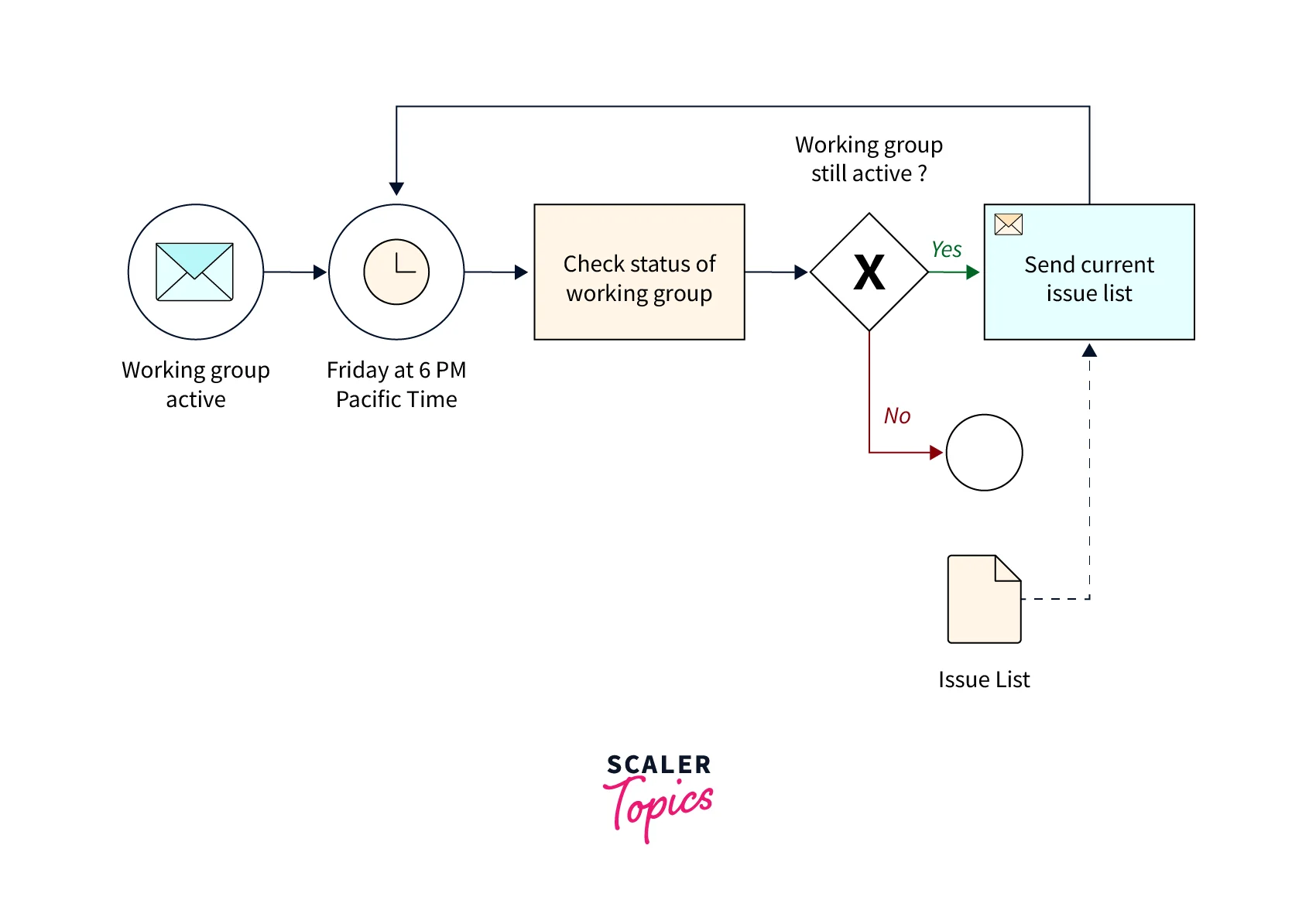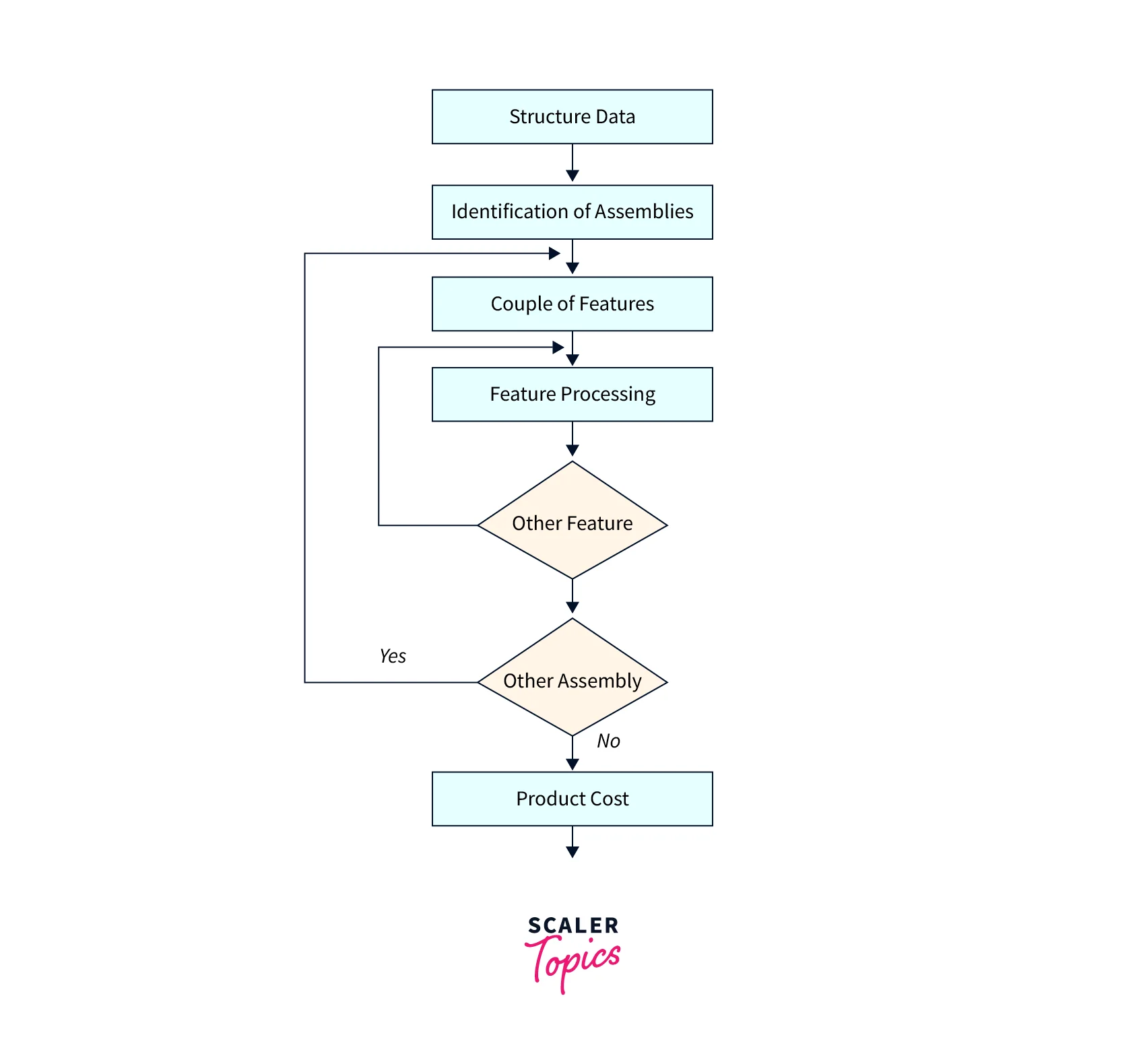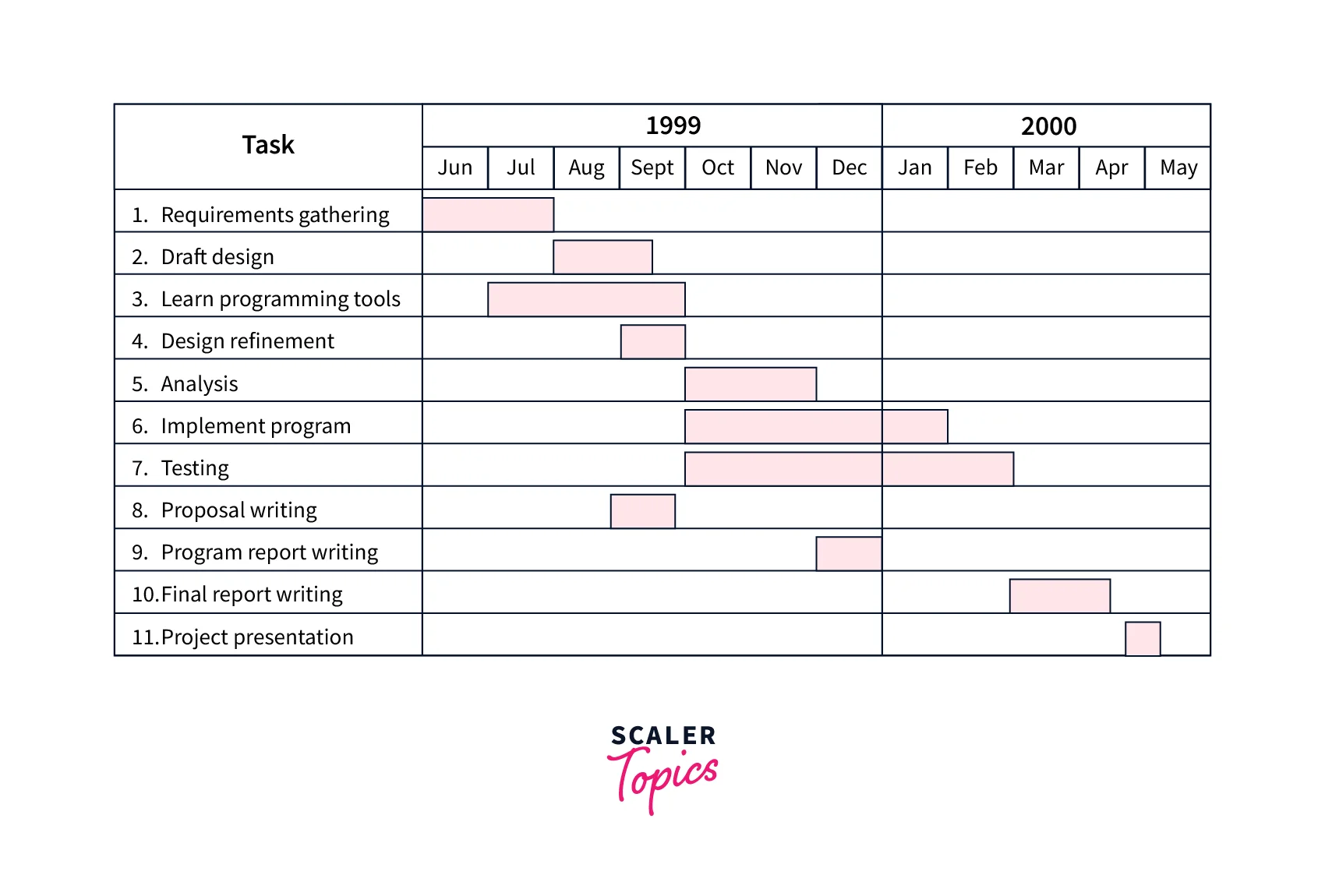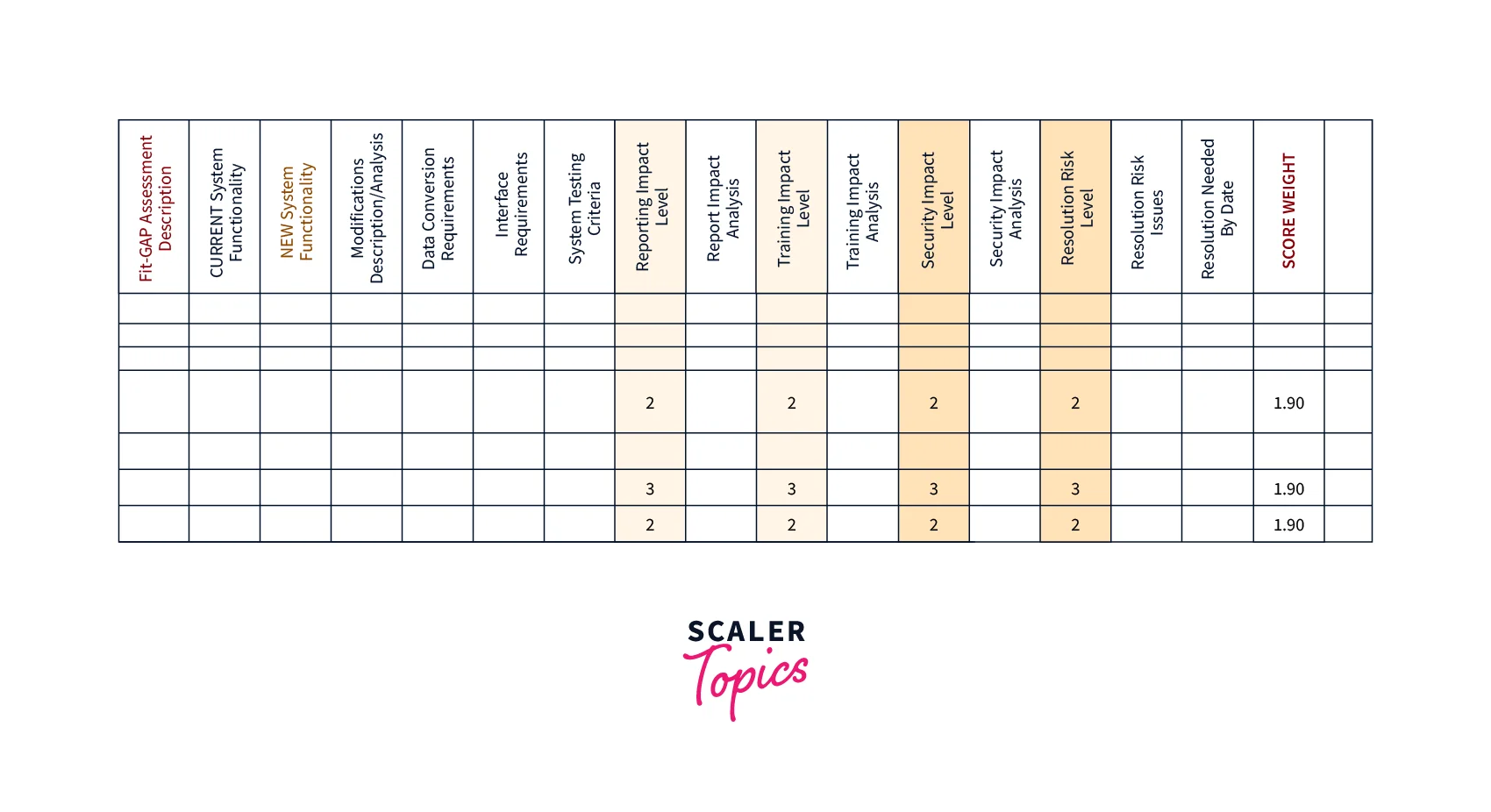Requirement Analysis in Software Engineering
Overview
Every new software product or service developed in any corporation is in response to a business requirement. Despite spending significant time and money on the development, there may be a mismatch between the needed product (according to the business requirement) and the final result. Hence, to avoid severe problems in the future, a focused and complete requirements analysis is required in the early stages of every project. The process of determining the needs and expectations of a new product is known as 'requirements analysis' or 'requirements engineering'. It entails continuous communication with the product's stakeholders and end-users to set expectations, manage issues, and document all critical needs.
What is a Software Requirement?
A software requirement is a capability that the user requires to solve an issue or achieve a goal. In other words, a requirement is a software capability that a system or system module must meet or possess to satisfy a contract, standard, or specification. Ultimately, we want to provide high-quality software that matches clients' actual needs on schedule and within budget. All project stakeholders - developers, end users, software managers, and customer managers - must agree on what the product will look like, or someone will be surprised when it is delivered, which is an undesirable event. Therefore, while establishing the requirements for a software product, we need methods to accurately capture, interpret, and express the voice of the customer.
What is Requirement Analysis in Software Engineering?
The process of defining user expectations to build a new software product or to modify an existing one is known as requirement analysis, sometimes known as requirement engineering requirements gathering, or requirements capture in software engineering. The tasks that go into determining the needs or conditions to meet for a new or altered product, taking into account the potentially conflicting requirements of the various stakeholders, and analyzing, documenting, validating, and managing software or system requirements are all included in requirements analysis. This exercise goes over all of the requirements and may provide a graphical representation of the entire system. As a result, the project's understandability is predicted to improve significantly after the study is completed. We may also leverage the contact with the customer to clear up any confusion and determine which requirements are more crucial than others.
Steps Involved in Requirement Analysis
Step 1: Recognize the Problem
The primary goal of requirement analysis is to thoroughly grasp the main objective of the requirement, which includes why it is needed, whether it adds value to the product, whether it will be beneficial, whether it will raise the quality of the project, and whether it will have any other effect. These factors are appropriately acknowledged in this step so that fundamental requirements for solving business problems can be met.
Step 2: Evaluation and Synthesis
Evaluation is to decide whether something is valuable or not, and synthesis means to build or develop anything. The following tasks are critical in the evaluation and synthesis stage of requirements analysis (not an exhaustive list):
- To define all software functions that are required.
- To define all data objects that are visible to the outside world.
- To determine whether or not a data flow is valuable.
- To thoroughly comprehend the whole behaviour of the system, that is, the overall operation of the system.
- The system interface must be defined and established to fully comprehend how the system communicates with two or more components or with one another.
- To find and discover designed constraints.
Step 3: Modelling the Requirements
This step typically includes graphical representations of the functions, data entities, external entities, and their relationships. The visual perspective may aid in discovering inaccurate, inconsistent, missing, or excessive requirements. Data flow diagrams, entity-relationship diagrams, data dictionaries, state-transition diagrams, and other models fall under this category.
Step 4: Specification
We have a better knowledge of the system behaviour after modelling the requirements. Inconsistencies and ambiguities have been recognized and resolved. The data flow between modules has been examined. The actions of elicitation and analysis have generated a greater understanding of the system. We have completed the needs analysis in the previous steps, and in this step, we document these requirements in the SRS (Software Requirements Specification) document.
Step 5: Review
After creating the SRS, it must be reviewed to see if it can be enhanced and polished to make it better and higher in quality.
Requirement Analysis Techniques
Business Process Model and Notation (BPMN)

The Business Process Model and Notation are used to generate graphs that aid in the understanding of business processes. It is a common strategy used by business analysts to coordinate the sequence of messages between various participants in a linked set of activities.
Flowcharts

A flowchart is a graphical representation of a process, system, or computer algorithm. It is widely used in various fields to document, examine, plan, enhance, and frequently convey complex processes in clear, simple diagrams. They use rectangles, ovals, diamonds, and possibly other shapes to indicate the type of step and linking arrows to define flow and sequence. They range from simple hand-drawn charts to detailed computer-drawn diagrams displaying numerous processes and paths. Considering all the different flowchart types, they are one of the most popular diagrams on the globe, used by both technical and non-technical people in a wide range of professions.
Gantt Charts

A Gantt chart, widely used in project management, is one of the most popular and useful methods of displaying activities (tasks or events) against time. The chart lists activities on the left and a time scale along the top. Each action is represented as a bar, with the position and length of the bar reflecting the activity's start, duration, and end dates. Primarily, a Gantt chart displays the following information:
- What are the various activities?
- When each activity starts and stops?
- How long is each activity supposed to last?
- Where and how many activities overlap with one another?
- The beginning and conclusion dates of the entire project.
Gap Analysis

Gap analysis examines performance gaps in a product to assess whether or not the requirements are met. They assist business analysts in determining the current and target states of a product. Gap analysis is the practice of comparing the baseline and target business scenarios. In other words, gap analysis is the study of what a firm is doing now and where it wants to go in the future, intending to bridge the gap between them. The purpose of the gap analysis is to discover gaps in performance optimization. This gives the company information on prospective areas for improvement.
Conclusion
- Requirements analysis or requirements engineering is a process used to determine the needs and expectations of a new product.
- It is done with the help of the following steps - Recognizing the problem, evaluating and synthesis of requirements, modelling the requirements, specifying them in the SRS doc, and finally, reviewing the document.
- Several tools and techniques, such as Business Process Model and Notation (BPMN), Gantt charts, Flowcharts, Gap analysis, etc., can be deployed for requirements analysis.
- The study of requirements is crucial to the success or failure of a system or software project. The requirements must be documented, actionable, quantifiable, tested, traceable, relevant to identified business needs or opportunities, and detailed enough for system design.
